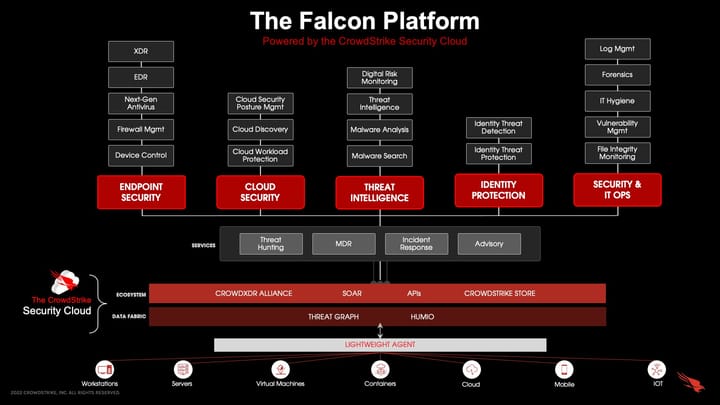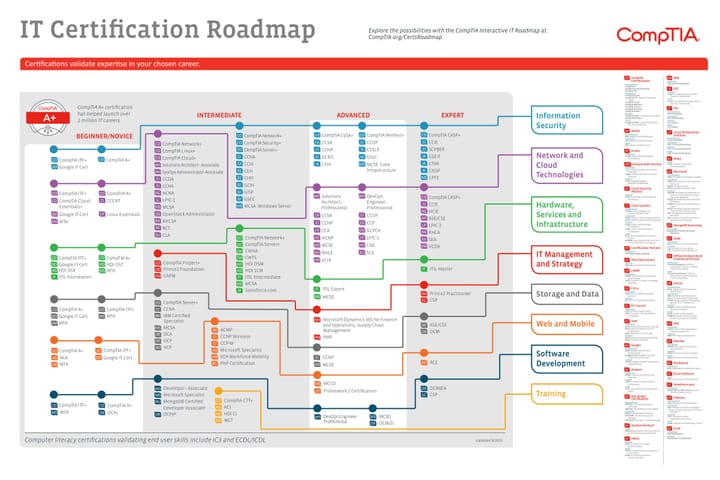Do We Still Need the Presentation Layer in the OSI Model?

In networking, the OSI (Open Systems Interconnection) model has long served as a fundamental framework for understanding how different layers of communication systems interact. Among its seven layers, the Presentation Layer holds a unique position, responsible for tasks like data translation, encryption, and compression. However, in today's rapidly evolving digital landscape, the relevance of the Presentation Layer has been called into question. So, do we still need it?
To answer this question, let's delve deeper into the functions and significance of the Presentation Layer.
Understanding the Presentation Layer:
The Presentation Layer, positioned between the Application Layer and the Session Layer, is tasked with ensuring that data exchanged between systems can be interpreted correctly. It performs various transformations on data to facilitate seamless communication between heterogeneous systems. Some of its primary functions include:
- Data Translation: Converting data from one format to another, such as from ASCII to EBCDIC, to ensure compatibility between systems with different encoding schemes.
- Data Encryption and Decryption: Implementing encryption algorithms to secure data transmission over networks, thereby safeguarding sensitive information from unauthorised access.
- Data Compression: Reducing the size of data for efficient transmission and storage, optimising network bandwidth utilisation.
Evolution of Network Technologies:
With the advent of modern networking technologies and protocols, the boundaries between OSI model layers have become more blurred. For instance, application-layer protocols like HTTP and FTP often incorporate aspects of data presentation within their specifications, blurring the distinction between the Application and Presentation Layers.
Moreover, advancements in encryption protocols, such as TLS (Transport Layer Security), have shifted the responsibility of encryption from the Presentation Layer to the Transport Layer, further challenging the traditional role of the Presentation Layer.
The Case for the Presentation Layer:
Despite these advancements, the Presentation Layer still holds relevance in certain contexts:
- Legacy Systems Compatibility: Many legacy systems and protocols rely on the Presentation Layer for data translation and compatibility. Removing this layer entirely could disrupt interoperability with older systems, leading to compatibility issues.
- Data Transformation Requirements: In scenarios where data needs to be transformed into specific formats for processing or storage, the Presentation Layer provides a standardised mechanism to achieve this goal efficiently.
- Application-specific Requirements: Certain applications may have unique data formatting or encryption requirements that cannot be adequately addressed at higher layers. In such cases, the Presentation Layer remains essential for customising data handling according to application-specific needs.
Conclusion:
While the role of the Presentation Layer has evolved in response to technological advancements, its importance in ensuring interoperability, data security, and compatibility with legacy systems cannot be overlooked. Although some functions traditionally associated with the Presentation Layer have been integrated into higher layers or handled by specialised protocols, its core principles still underpin many aspects of modern networking.
In conclusion, while the Presentation Layer may not always be as distinct or prominent as other layers in the OSI model, its functions remain vital for maintaining the integrity and efficiency of communication systems in today's interconnected world. As such, the question of whether we still need the Presentation Layer in the OSI model is not a matter of absolute necessity but rather one of adaptation and optimisation in response to evolving technological landscapes.



Comments ()